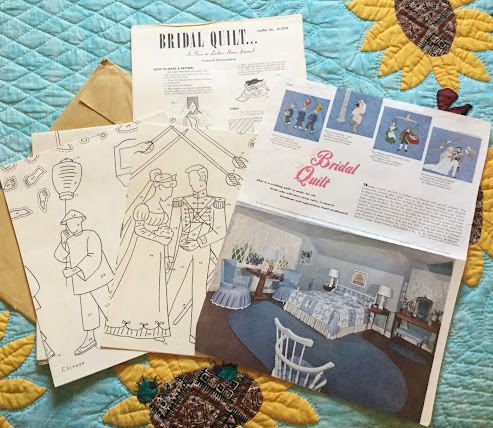You believe in reward. That's what they teach you in that fancy new school we all pay for. In church, too. They tell you if you work hard you earn your reward...It's a lie. It's all a lie.~from Day of Days by John Smolens
Andrew Kehoe blew up the Bath Consolidated School, killing 44 people, including 38 schoolchildren--one of the worst terrorist acts in American history. He murdered his wife and horses and blew his farm and himself up while he was at it.
John Smolens has wrapped this horrific event in a novel of great beauty and wisdom through the experience of surviving school children.
After WWI the chemical companies were left with stockpiles of explosives which they sold to farmers to help them clear fields.
Andrew Kehoe was smart and inventive. He studied electrical engineering. After an accident left him in a coma his personality changed. His wife inherited a Bath farm but Kehoe found himself in financial straits. He blamed the tax burden for the new school.
In Smolens' novel, Kehoe hires the boy Jed. He takes Jed with him as he removes tree stump with explosives. Jed was impressed by this farmer who wore a suit.
Bea, the narrator of the novel, works for Mrs. Kehoe. She tells her story from her death bed, of life before the incident, the horror of that day, and the broken lives it left behind. There is survivor's guilt, broken people carrying on, and eventual healing.
I first heard of the Bath school bombing when living in Lansing. Smolens fills the novel with Michigan places and references. Kehoe travels to Lansing and eat at Emil's Italian restaurant, a place we knew well. The children are given Vernors ginger ale. The historical setting is given, the innovative changes happening in science. Electricity. Biplanes. Lindbergh's famous Atlantic crossing concluded while citizens were frantically looking for survivors.
I loved Smolens writing and how he handled this story. Accurate in historical details, Smolens demonstrates the benefit of fiction's ability to delve into the depth of human experience to bring the past to life.
I received a free ebook from the publisher through NetGalley. My review is fair and unbiased.
Day of Days
by John Smolens
Michigan State University Press
Pub Date October 1, 2020
ISBN: 9781611863819
hardcover $29.95 (USD)
from the publisher
In the spring of 1927, Andrew Kehoe, the treasurer for the school board in Bath, Michigan, spent weeks surreptitiously wiring the public school, as well as his farm, with hundreds of pounds of dynamite. The explosions on May 18, the day before graduation, killed and maimed dozens of children, as well as teachers, administrators, and village residents, including Kehoe’s wife, Nellie. A respected member of the community, Kehoe himself died when he ignited his truck, which he had loaded with crates of explosives and scrap metal.
Decades later, one survivor, Beatrice Marie Turcott, recalls the spring of 1927 and how this haunting experience leads her to the conviction that one does not survive the present without reconciling hard truths about the past. In its portrayal of several Bath school children,
Day of Days examines how such traumatic events scar one’s life long after the dead are laid to rest and physical wounds heal, and how an anguished but resilient American village copes with the bombing, which at the time seemed incomprehensible, and yet now may be considered a harbinger of the future.
JOHN SMOLENS has published eleven works of fiction, ten novels and a collection of short stories. He is Professor Emeritus at Northern Michigan University, where he taught in the English Department and served as the Director of the Master of Fine Arts Program in Creative Writing. In 2010 he was the recipient of the Michigan Author Award from the Michigan Library Association.















































